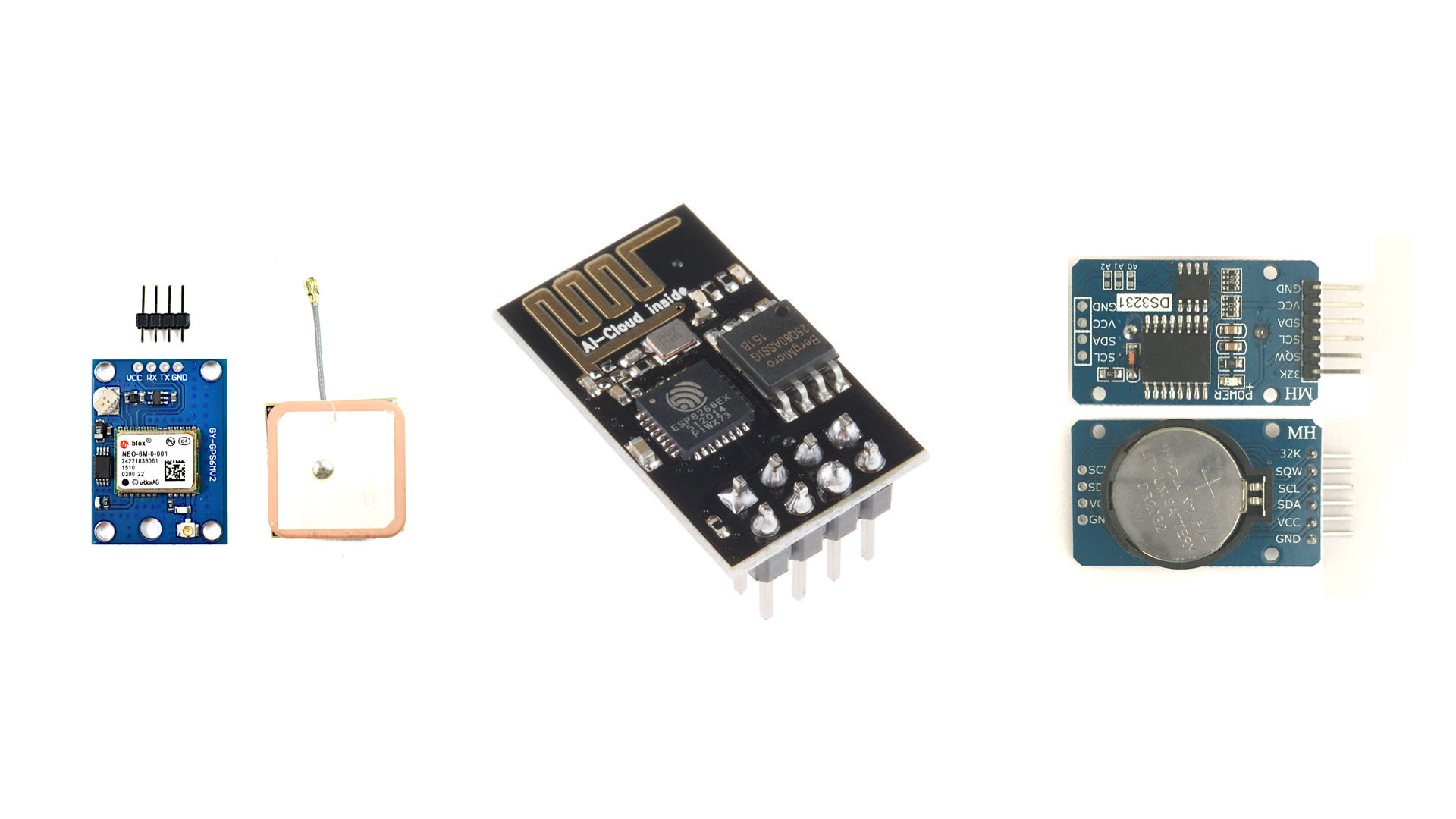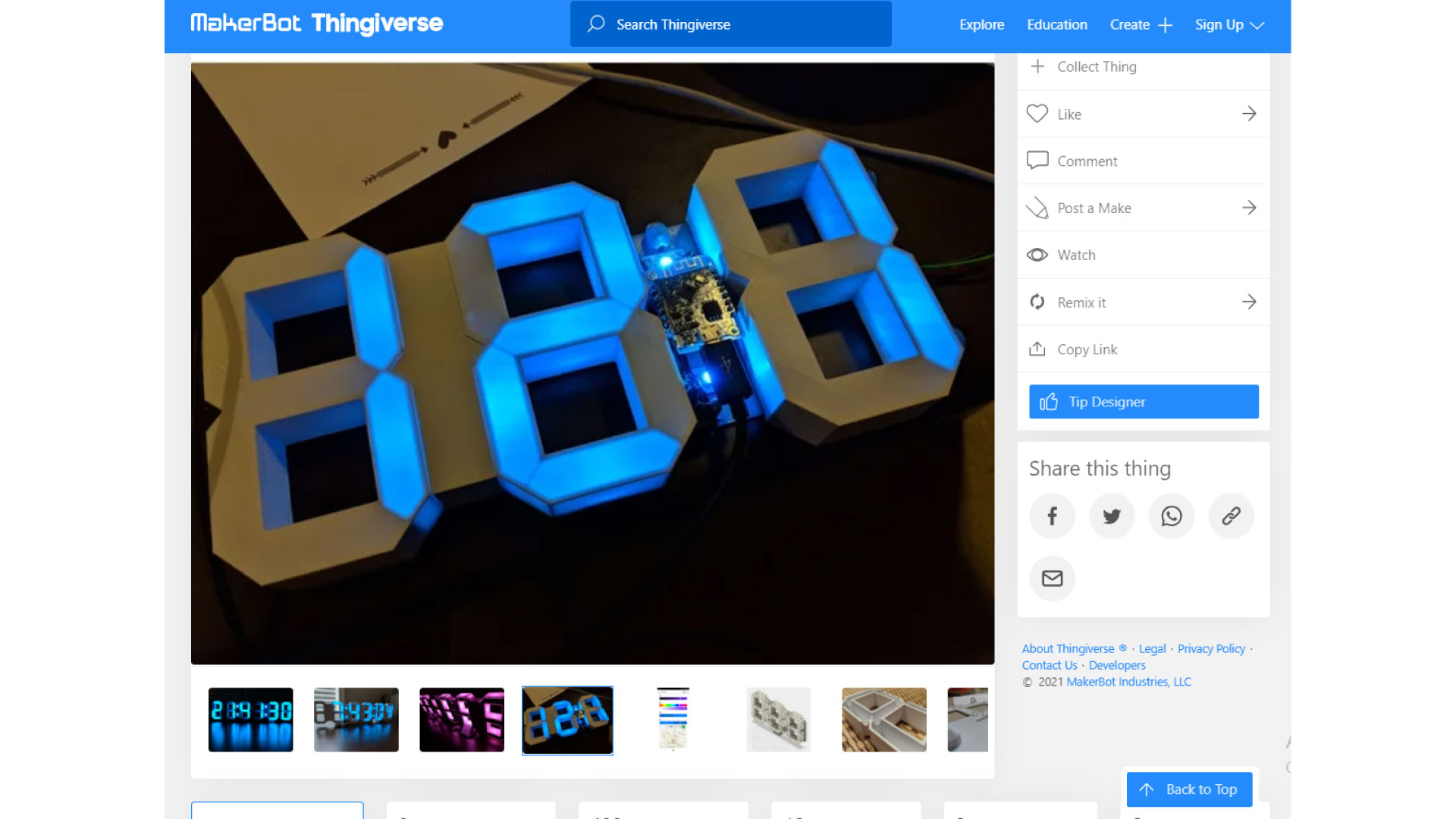Applications and Implications
Assignment:
Propose a final project masterpiece that integrates the range of units covered,answering:
What will it do?
Who's done what beforehand?
What will you design?
What materials and components will be used?
Where will come from?
How much will they cost?
What parts and systems will be made?
What processes will be used?
What questions need to be answered?
How will it be evaluated?
What will it do?
Basically, the idea is to make a digital wall clock for my house that can shift colors, set a timer, set an alarm, and show temperature and humidity.
The reason why I chose this idea, is to create something decorative and functional at the same time for my house.
Who's done what beforehand?
There are different open source projects for digital clocks with different approaches and different fabrication techniques.
Data acquisition
There are different approaches to acquire data, it can be aquired from the internet uising WiFi connectivity with ESP32 to acquire data online, or by using a GPS device which communicates with satellites to determine its location anywhere in the world. Its GPS data also contains time data. or by using the real time clock (RTC) DS3231, this module also has a built in temperature sensor instead of using an extra sensor, and I will use the RTC option.
Lighting system
For this project, there are three different options for lighting, I can use a one-color LED strip for each segment, or an RGB LED, or an addressable RGB strip. I will be using option three, since it limits the wiring and creates better light effects.
Retro 7 Segment Clock is an example of a digital clock with an addressable LED that shifts colors.
7 Segment LED Clock by leonardlee uses WiFi connectivity to acquire time data.
What will you design?
1-The Clock segment body.
2-The clock segment cover.
3-The back support.
4-The main structure of the project.
5-The lighting system.
What materials and components will be used?
1-Wooden board.
2-PLA filament.
3-RGB LED strip.
4-real time clock (RTC) DS3231.
5-White plexiglas.
6-Wires.
7-Passive buzzer module.
8-12v adapter.
9-HC-05 bluetooth module.
10-White LED strip.
Where will come from?
All components will be provided from local suppliers.
How much will they cost?
Plywood board: 50$
Plexiglas: 8$
LED strip: 20$
HC-05 Bluetooth module: 6$
12V adapter: 7.5$
PLA Filament: 25$
Passive buzzer: 1$
RTC DS3231: 2.5$
What parts and systems will be made?
All the components of this project will be produced in the lab, except for the electronic components like bluetooth module, RTC and LEDs.
What processes will be used?
CNC milling For the decorative back piece of the Digital clock.
3D printing For the Segments of the digital clock.
Computer controlled cutting for the segments covers.
Electronic production to create the PCB.
Embedded programming to program the board.
Input devices to use the RTC DS3231 module.
Output devices for the LEDs and passive buzzer.
Networking and communication Bluetooth connectivity.
Interface and application programming for bluetooth application.
What questions need to be answered?
-The length of the LED strips.
-The light intensity.
-The note of the passive buzzer.
How will it be evaluated?
-Can this clock blend with the furniture of the house?
-Will people be willing to buy this product?
-Is the data displayed clearly?
The Schedule
In order to finish on time, i will have to go through these phases:
Phase 1:
Creating a 3D model of the project including all different components that will be used with it.
Testing all the electronics on an Arduino and creating a mobile app.
Designing the PCB after testing the components.
Phase 2:
3D printing the segments.
CNC milling the wooden back board.
Milling, welding, and programming the PCB.
putting the electroonic components together.
Phase 3:
Putting everything together.






